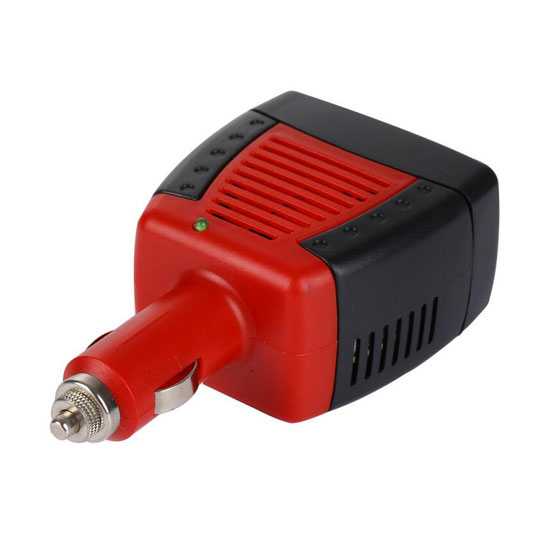

Inverter.com's inverters showcase a robust performance across diverse climatic conditions, a testament to their meticulous design and superior material selection. The inverters are engineered with a strategic focus on structural design, ensuring that elements like single-board centralization, three-proof paint coating protection, and fan cooling are integral to their make-up. These features work in synergy to maintain an optimal internal temperature balance, mitigating the risks associated with temperature disparity and condensation.
Harnessing the power of software thermal design simulation, Inverter.com meticulously analyzes the thermal behavior of vital components such as heat sinks, internal power tubes, and capacitors. This analysis informs a rational layout that not only optimizes thermal performance but also employs internal air ducts to manage heat, thereby fostering a balanced environment within the inverter's casing.
The selection of components within Inverter.com's inverters is governed by a stringent criterion that prioritizes quality and adaptability to both high and low temperatures. Such a selection process is pivotal in ensuring the inverter's stable operation, even under the duress of extreme climates that could potentially lead to derating, shutdowns, or startup failures due to temperature extremes.
Inverter.com's commitment to excellence extends to rigorous climatic validation tests, including temperature cycling, humidity and heat testing, as well as salt spray testing. These tests are designed to verify the inverter's performance under duress and identify areas for improvement. Particularly in high humidity and high temperature environments, the inverters are tested for their resilience against insulation degradation and internal condensation, employing constant and alternating humidity and heat tests to assess their readiness.
The design philosophy at Inverter.com also emphasizes the need for fanless operation in a compact form factor, tailored for residential space integration. This design approach necessitates achieving high efficiency and power density at higher switching frequencies, with a particular focus on enhancing part-load efficiency—a critical parameter for overall system performance.
Leveraging advanced wide-bandgap technologies like silicon carbide (SiC), Inverter.com's inverters benefit from faster switching capabilities and significantly lowered conversion losses. This not only boosts overall efficiency but also curtails battery capacity requirements and related costs.
In conclusion, through these comprehensive measures, Inverter.com's inverters are well-equipped to handle a myriad of severe weather conditions, from scorching heat and humidity to biting cold, wind, sand, rain, and salt spray, ensuring reliable and consistent performance irrespective of the climatic challenges.
